Surprises come when you least expect them and, often, from where you don't expect them. Otherwise what surprises would they be? Many today expect the resurrection of inflation. It would therefore not be a surprise if one day in the near future it were to come knocking on the door of the economy.
Those expectations are based on four obvious factual elements. First element, the sharp increase in the money supply. Second, disruptions in value chains, which make some semi-finished or even finished products and services scarce and drive up their price. Thirdly, the higher costs incurred by businesses to respect social distancing (for example, buying a high-speed ticket today costs about double what it did before the pandemic, when it was possible to guarantee a real low-cost fare). Fourth, the raw material price increase.
Then there are a couple of random elements. Will the powerful push from fiscal policies trigger the question? And will wages grow again because unemployment will be reabsorbed?
In fact, if all these ingredients work, inflation could indeed be resurrected. Even if they hang around two killers ready to kill any attempt to raise prices.
Let's examine these elements and these killers. In order of listing.
THEmoney supply it has soared stratospherically. Looking at central bank balance sheets, the asset side (ie purchased securities and loans to the banking system) is unprecedented, both in absolute terms and as a percentage of GDP. But before it translates into buying and thus putting pressure on prices it has to go through several diaphragms. First: not all of the money supply is such, because part of the money given to the banks is redeposited with the central bank, constituting a sort of reserve in the event of the disappearance of liquidity on the markets (legacy of the events of the end of 2008). Second: businesses have taken out loans because they are very convenient, especially if made over the long term, but they have also increased their bank deposits; again as a form of insurance.
Third: families benefited from public aid (a lot of money was used to finance them) but the propensity to spend has decreased, both for the concentration of income towards the highest brackets and for precautionary reasons; only the part not spent due to impossibility (closure of play activities, inability to travel...) could quickly return to circulation when we are freed from the virus.
Le breaks in global chains there are all right, but only a part of their effects on higher purchase prices translates into higher price lists. Indeed, the firms surveyed in the business surveys are experiencing cost increases. But it must be said that before these had dropped a lot. And even if profit margins are somewhat eroded, they had greatly increased thanks to the safeguarding of company (as well as family) budgets due to public interventions.
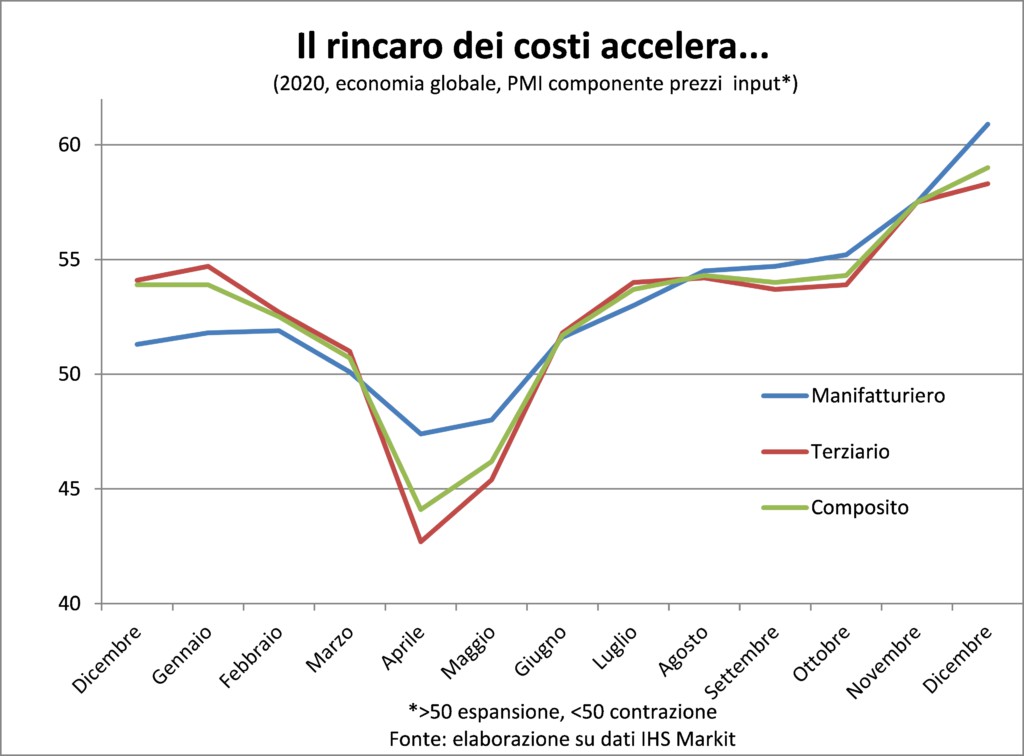
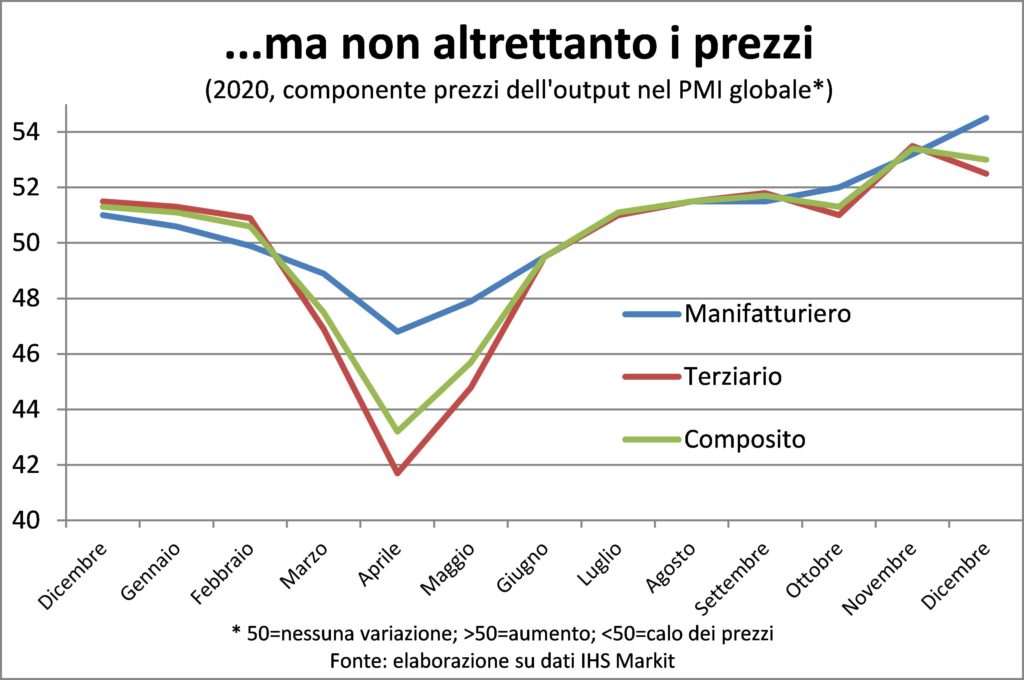
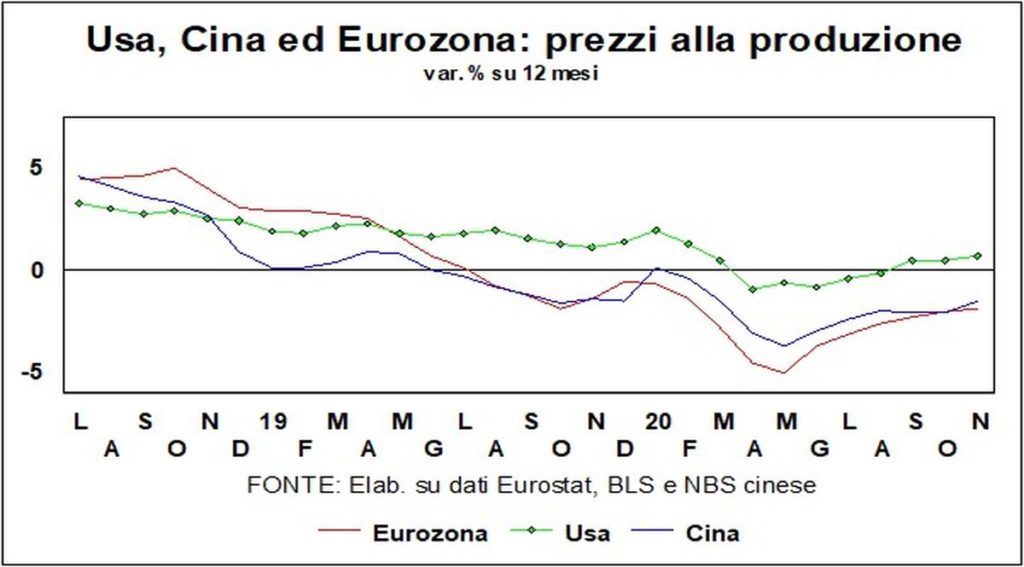
Separate workers and users it has costs. But it smart working it knocks down others, such as those of business travel, conventions, fairs, canteens and food stamps.
Commodities are going up a lotboth for present and expected demand. And above all because China is growing the most, with a higher intensity of commodities per unit of GDP, although it is reducing it by now developing more in services. However, the increase in dollar prices is dampened in prices in other currencies by the depreciation of the dollar.
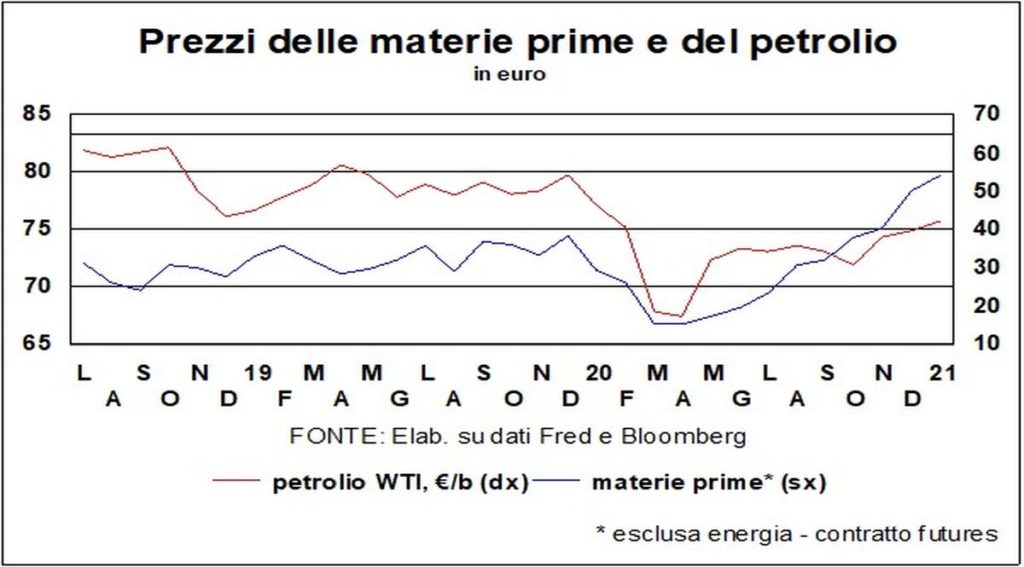
The fuel of expansionary fiscal policies it boosts the economy, but will be somewhat withdrawn as we get back to normal and the usual income-creating channels resume functioning. This does not apply to investments and expenses related to the NGEU (the European megaplan). And for the government program of the Biden administration. Will be additional question. Which, however, should activate greater supply and not higher prices. Why, and here we come to the sixth and last element, i unemployed, official and discouraged, And underemployed they will remain with us for a long time and, therefore, the crucial link of wage increases will continue to be missing in the inflation reaction chain. Sooner or later this will recur, hopefully, also to make the economy more sustainable. But it may not translate into higher prices if profits erode.
This appears realistic because there are killers out there fierce competition (accentuated by unused production capacity, the pervasiveness of e-commerce and the greater efficiency generated by Industry 4.0) and that of masses of poor of emerging countries who are pressing for a better life regime more similar to that of workers in advanced countries.
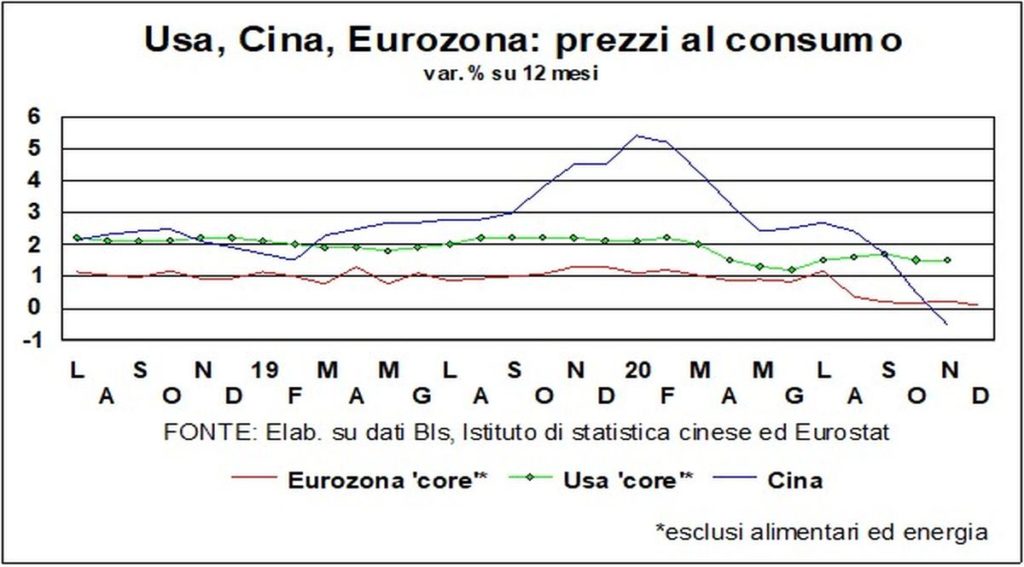
In short, expectations of higher inflation may one day come true, but that day still appears several quarters away.





